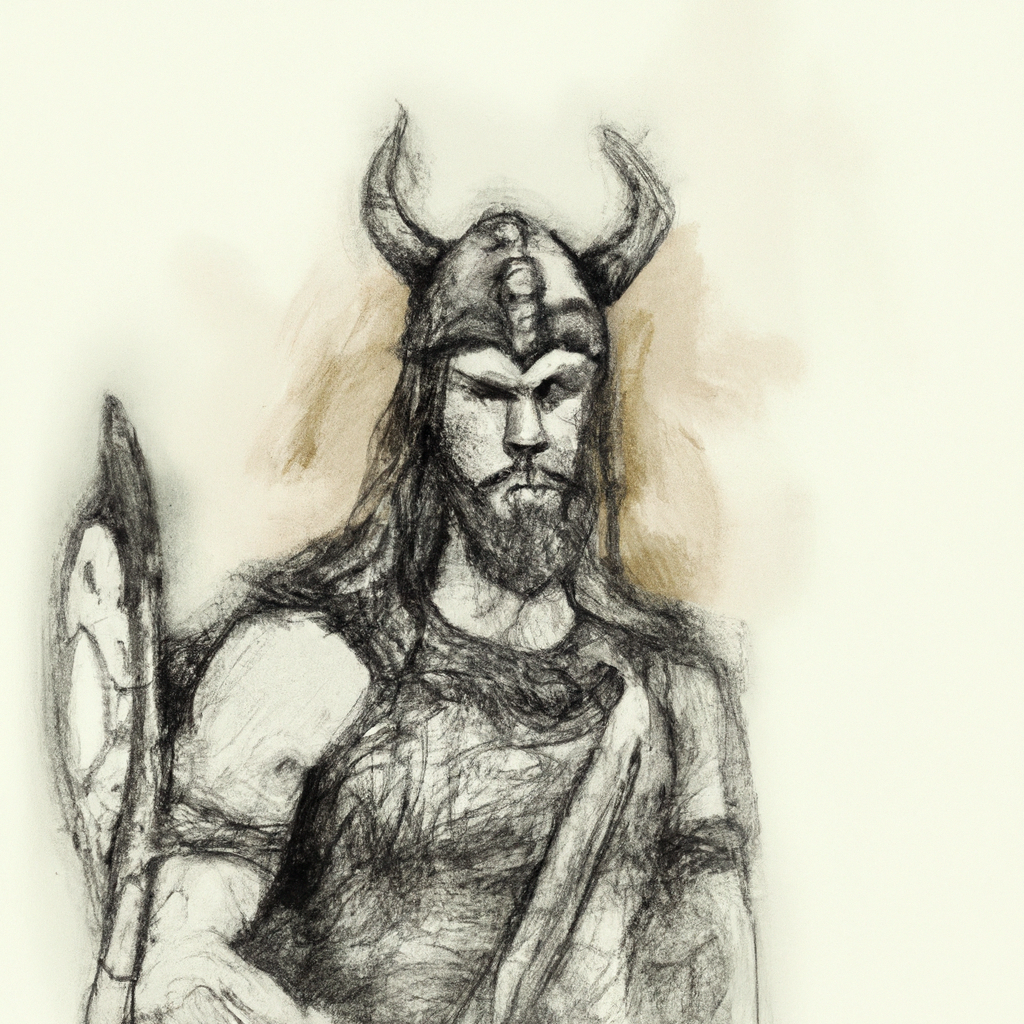The Vikings were a seafaring people who lived in Scandinavia from the 8th to the 11th century. They were renowned for their exploration and trading, as well as their fierce fighting style. But what is less known about the Vikings is their religion and spiritual beliefs. In recent years, historians have been uncovering more information about Viking religion, giving us a better understanding of how they viewed the world around them.
The Vikings believed in multiple gods and goddesses, each with their own unique powers and roles in Norse mythology. The most important gods included Odin, Thor, Freyja, Freyr, Loki, Heimdallr and Baldr. The gods had many different roles such as war-making or fertility. They also believed in runes which were used to give advice or guidance on life decisions and to tell stories.
Viking religion was heavily focused on rituals that involved offerings of food or drink to the gods. It was also common for them to make sacrifices of animals or even humans in order to gain favor from the gods or to ask for protection from danger. This type of ritualistic behavior was seen across all aspects of Viking life including warfare and navigation at sea.
In addition to rituals and offerings, there are also evidence of shamanic practices among the Vikings which included trance-like states induced by drumming or chanting. This practice was used for communicating with spirits or deities as well as healing illnesses or predicting future events.
The mysteries surrounding Viking religion are slowly being unraveled by historians and archaeologists alike who seek a greater understanding of this ancient culture’s beliefs and practices. With every discovery made comes a greater insight into what life must have been like during this fascinating period in history.
